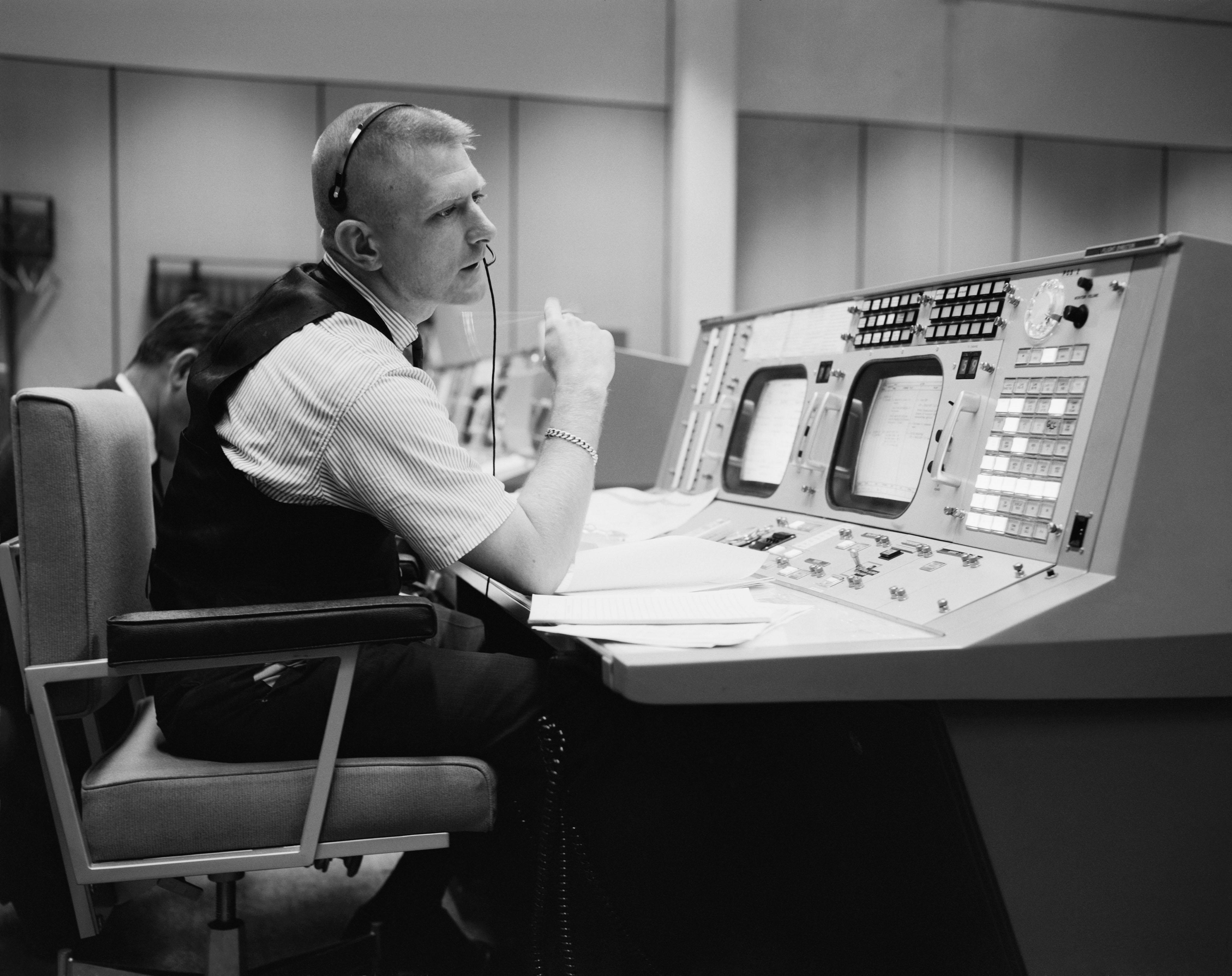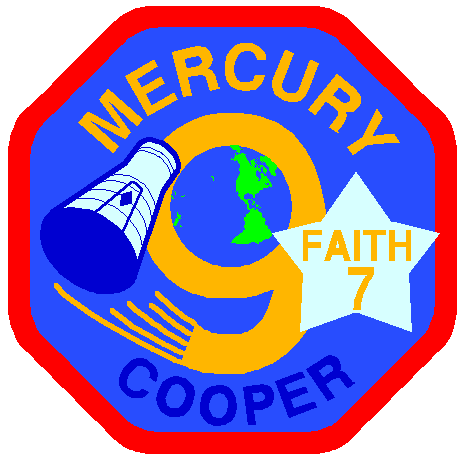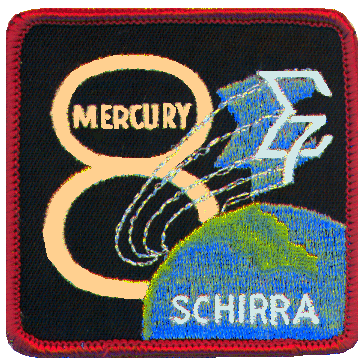|
Muchea Tracking Station
Muchea Tracking Station was an Earth station in Australia located close to Muchea in the Shire of Chittering, about north of Perth, Western Australia, built specifically for NASA's Project Mercury. History Muchea was established in 1960, and became operational in March 1961. It was Station No. 8 of the 14 Manned Space Flight Network sites around the world used throughout the project. The only other Australian site was Station No. 9, the Island Lagoon Tracking Station at Woomera, South Australia. These stations were managed and operated by the Weapons Research Establishment of the Australian Department of Supply on behalf of NASA. Muchea was equipped with a "VERy LOng Range Tracking" (VERLORT) S band radar operating between 2700 and 2900 MHz. This was an upgraded version of the SCR-584, with its range increased from to , and the diameter of the dish increased from to . It was also equipped with acquisition aid tracking systems, telemetry reception, and air-to-ground v ... [...More Info...] [...Related Items...] OR: [Wikipedia] [Google] [Baidu] |
Manned Space Flight Network
The Manned Space Flight Network (abbreviated MSFN, pronounced "''misfin''") was a set of tracking stations built to support the American Mercury, Gemini, Apollo, and Skylab space programs. There were two other NASA space communication networks at the time, the Spacecraft Tracking and Data Acquisition Network (STADAN) for tracking satellites in low Earth orbit, and the Deep Space Network (DSN) for tracking more distant uncrewed missions. After the end of Skylab, the MSFN and STADAN were merged to form the Spaceflight Tracking and Data Network (STDN). STDN was in turn replaced by the satellite-based Tracking and Data Relay Satellite System (TDRSS) during the Space Shuttle program, being used . Orbital versus deep space tracking Tracking vehicles in low Earth orbits (LEO) is quite different from tracking deep space missions. Deep space missions are visible for long periods of time from a large portion of the Earth's surface, and so require few stations (the DSN uses only three, ). ... [...More Info...] [...Related Items...] OR: [Wikipedia] [Google] [Baidu] |
Capsule Communicator
Flight controllers are personnel who aid space flight by working in such Mission Control Centers as NASA's Mission Control Center or ESA's European Space Operations Centre. Flight controllers work at computer consoles and use telemetry to monitor various technical aspects of a space mission in real time. Each controller is an expert in a specific area and constantly communicates with additional experts in the "back room". The flight director, who leads the flight controllers, monitors the activities of a team of flight controllers, and has overall responsibility for success and safety. This article primarily discusses NASA's flight controllers at the Johnson Space Center (JSC) in Houston. The various national and commercial flight control facilities have their own teams, which may be described on their own pages. NASA's flight controllers The room where the flight controllers work was called the mission operations control room (MOCR, pronounced "moh-ker"), and now is calle ... [...More Info...] [...Related Items...] OR: [Wikipedia] [Google] [Baidu] |
Gordon Cooper
Leroy Gordon "Gordo" Cooper Jr. (March 6, 1927 – October 4, 2004) was an American aerospace engineer, test pilot, United States Air Force pilot, and the youngest of the seven original astronauts in Project Mercury, the first human space program of the United States. Cooper learned to fly as a child, and after service in the United States Marine Corps during World War II, he was commissioned into the United States Air Force in 1949. After service as a fighter pilot, he qualified as a test pilot in 1956, and was selected as an astronaut in 1959. In 1963 Cooper piloted the longest and last Mercury spaceflight, Mercury-Atlas 9. During that 34-hour mission he became the first American to spend an entire day in space, the first to sleep in space, and the last American launched on an entirely solo orbital mission. Despite a series of severe equipment failures, he managed to successfully complete the mission under manual control, guiding his spacecraft, which he named ''F ... [...More Info...] [...Related Items...] OR: [Wikipedia] [Google] [Baidu] |
Mercury-Atlas 6
Mercury-Atlas 6 (MA-6) was the first crewed American orbital spaceflight, which took place on February 20, 1962. Piloted by astronaut John Glenn and operated by NASA as part of Project Mercury, it was the fifth human spaceflight, preceded by Soviet orbital flights Vostok 1 and 2 and American sub-orbital flights Mercury-Redstone 3 and 4. The Mercury spacecraft, named ''Friendship 7'', was carried to orbit by an Atlas LV-3B launch vehicle lifting off from Launch Complex 14 at Cape Canaveral, Florida. After three orbits, the spacecraft re-entered the Earth's atmosphere, splashed down in the North Atlantic Ocean, and was safely taken aboard . Total mission flight time was four hours 55 minutes and 23 seconds. The event was named an IEEE Milestone in 2011. Preparation After the successful completion of the Mercury-Atlas 5 flight that carried Enos, a chimpanzee, in late November 1961, a press conference was held in early December. Reporters asked NASA's Robert Gilruth who would ... [...More Info...] [...Related Items...] OR: [Wikipedia] [Google] [Baidu] |
Wally Schirra
Walter Marty Schirra Jr. (, March 12, 1923 – May 3, 2007) was an American naval aviator, test pilot, and NASA astronaut. In 1959, he became one of the original seven astronauts chosen for Project Mercury, which was the United States' first effort to put human beings into space. On October 3, 1962, he flew the six-orbit, nine-hour, Mercury-Atlas 8 mission, in a spacecraft he nicknamed ''Sigma 7''. At the time of his mission in ''Sigma 7'', Schirra became the fifth American and ninth human to travel into space. In the two-man Gemini program, he achieved the first space rendezvous, station-keeping his Gemini 6A spacecraft within of the sister Gemini 7 spacecraft in December 1965. In October 1968, he commanded Apollo 7, an 11-day low Earth orbit shakedown test of the three-man Apollo Command/Service Module and the first crewed launch for the Apollo program. Before becoming an astronaut, Schirra graduated with a Bachelor of Science degree from the United States Naval Ac ... [...More Info...] [...Related Items...] OR: [Wikipedia] [Google] [Baidu] |
Enos (chimpanzee)
Enos (died November 4, 1962) was the second chimpanzee launched into space by NASA. He was the first and only chimpanzee, and third hominid after cosmonauts Yuri Gagarin and Gherman Titov, to orbit the Earth. Enos's flight occurred on November 29, 1961. Enos was brought from the Miami Rare Bird Farm on April 3, 1960. He completed more than 1,250 training hours at the University of Kentucky and Holloman Air Force Base. Training was more intense for him than for his predecessor Ham, who had become the first great ape in space in January 1961, because Enos was exposed to weightlessness and higher ''g''s for longer periods of time. His training included psychomotor instruction and aircraft flights. Enos was selected for his Project Mercury flight only three days before launch. Two months prior, NASA launched Mercury-Atlas 4 on September 13, 1961, to conduct an identical mission with a "crewman simulator" on board. Enos flew into space aboard Mercury-Atlas 5 on November 29, 1961. ... [...More Info...] [...Related Items...] OR: [Wikipedia] [Google] [Baidu] |
Mercury-Atlas 5
Mercury-Atlas 5 was an American spaceflight of the Mercury program. It was launched on November 29, 1961, with Enos, a chimpanzee, aboard. The craft orbited the Earth twice and splashed down about south of Bermuda, and Enos became the first primate from the United States and the third great ape to orbit the Earth. History By November 1961, the Soviet Union had launched Yuri Gagarin and Gherman Titov into orbit during the Vostok 1 and Vostok 2 manned orbital flights while the United States had managed only suborbital ones. At that time NASA was still debating placing a chimpanzee in orbit as part of the Mercury-Atlas subprogram, with NASA headquarters questioning the wisdom of the Manned Spacecraft Center launching another unmanned Mercury mission. The NASA Public Affairs Office issued a press release prior to the flight, stating "The men in charge of Project Mercury have insisted on orbiting the chimpanzee as a necessary preliminary checkout of the entire Mercury program befor ... [...More Info...] [...Related Items...] OR: [Wikipedia] [Google] [Baidu] |
Scott Carpenter
Malcolm Scott Carpenter (May 1, 1925 – October 10, 2013) was an American naval officer and aviator, test pilot, aeronautical engineer, astronaut, and aquanaut. He was one of the Mercury Seven astronauts selected for NASA's Project Mercury in April 1959. Carpenter was the second American (after John Glenn) to orbit the Earth and the fourth American in space, after Alan Shepard, Gus Grissom, and Glenn. Commissioned into the U.S. Navy in 1949, Carpenter became a naval aviator, flying a Lockheed P-2 Neptune with Patrol Squadron 6 (VP-6) on reconnaissance and anti-submarine warfare missions along the coasts of Soviet Union and China during the Korean War and the Cold War. In 1954, he attended the U.S. Naval Test Pilot School at NAS Patuxent River, Maryland, and became a test pilot. In 1958, he was named Air Intelligence Officer of , which was then in dry dock at the Bremerton Navy Yard. The following year, Carpenter was selected as one of the Mercury Seven astronauts. He w ... [...More Info...] [...Related Items...] OR: [Wikipedia] [Google] [Baidu] |
Mercury-Atlas 4
Mercury-Atlas 4 was an uncrewed spaceflight of the Mercury program. It was launched on September 13, 1961, at 14:09 UTC from Launch Complex 14 at Cape Canaveral, Florida. A Crewman Simulator instrument package was aboard. The craft orbited the Earth once. There were a series of delays getting the Atlas and Mercury capsule ready as the postflight findings from MA-3 had necessitated extensive modifications to the booster. Vehicle 88D did not undergo its factory rollout inspection until June 30 and delivery to Cape Canaveral waited until July 15. Moreover, the flight was not going to use Mercury capsule #9 as planned, but instead capsule #8, which had been recovered from the MA3 launch and refurbished. Capsule #8 was also the last of the older models with small port windows, no landing bag, and a heavy locking mechanism on the hatch. A series of delays occurred due to problems with the Atlas autopilot, including the replacement of a defective yaw rate gyro. Launch was originally i ... [...More Info...] [...Related Items...] OR: [Wikipedia] [Google] [Baidu] |
Chittering, Western Australia
Chittering is a town and rural district approximately 70 km NNE of Perth, Western Australia. It is located along the Brockman River within the Shire of Chittering. It lies between the towns of Gingin and Toodyay, in the Wheatbelt region. The area was first explored by George Fletcher Moore in 1836 and has been known by that name since Moore recorded it on his maps. The name is Aboriginal in origin and is thought to mean ''place of the willie wagtail The willy (or willie) wagtail (''Rhipidura leucophrys'') is a passerine bird native to Australia, New Guinea, the Solomon Islands, the Bismarck Archipelago, and Eastern Indonesia. It is a common and familiar bird throughout much of its range, ...s''. References Towns in Western Australia {{WesternAustralia-geo-stub ... [...More Info...] [...Related Items...] OR: [Wikipedia] [Google] [Baidu] |
Project Gemini
Project Gemini () was NASA's second human spaceflight program. Conducted between projects Mercury and Apollo, Gemini started in 1961 and concluded in 1966. The Gemini spacecraft carried a two-astronaut crew. Ten Gemini crews and 16 individual astronauts flew low Earth orbit (LEO) missions during 1965 and 1966. Gemini's objective was the development of space travel techniques to support the Apollo mission to land astronauts on the Moon. In doing so, it allowed the United States to catch up and overcome the lead in human spaceflight capability the Soviet Union had obtained in the early years of the Space Race, by demonstrating: mission endurance up to just under 14 days, longer than the eight days required for a round trip to the Moon; methods of performing extra-vehicular activity (EVA) without tiring; and the orbital maneuvers necessary to achieve rendezvous and docking with another spacecraft. This left Apollo free to pursue its prime mission without spending time develop ... [...More Info...] [...Related Items...] OR: [Wikipedia] [Google] [Baidu] |









